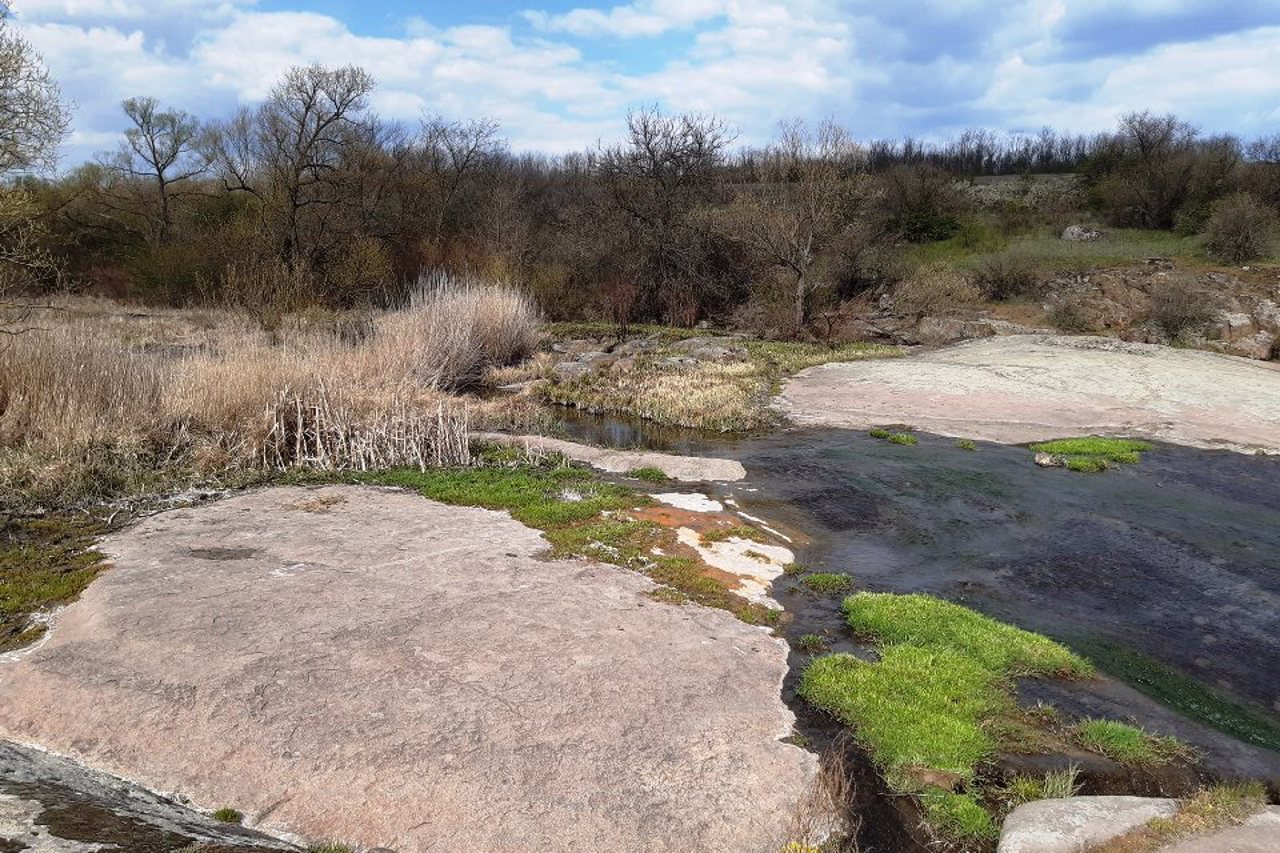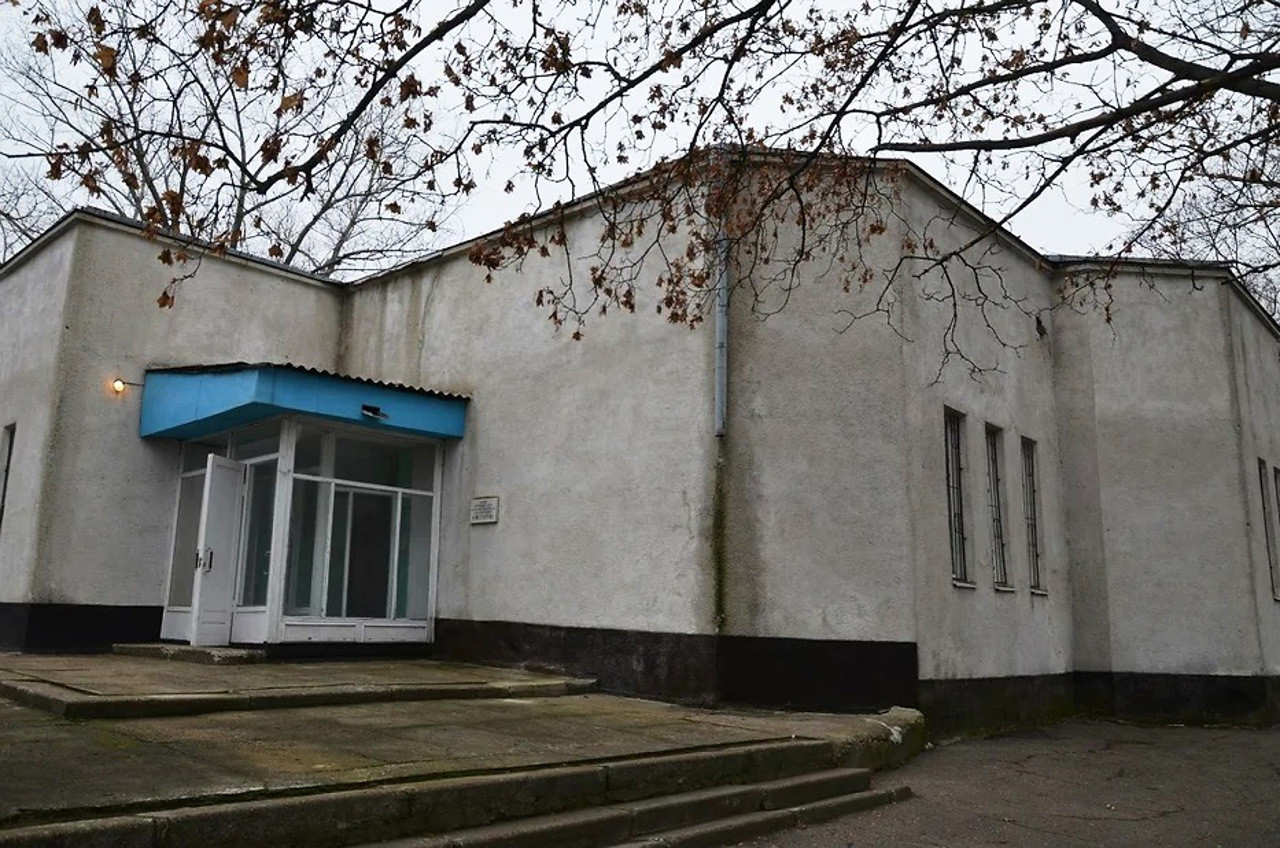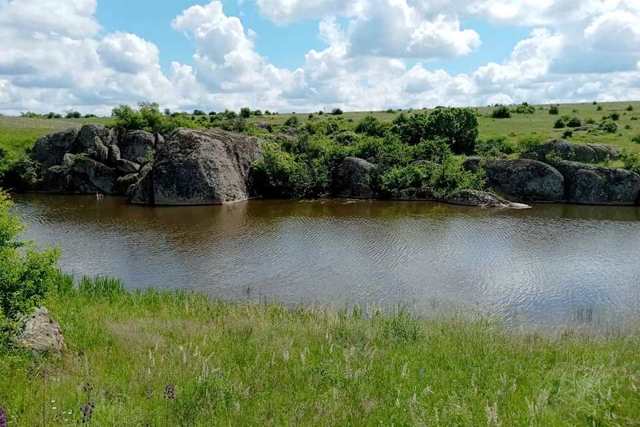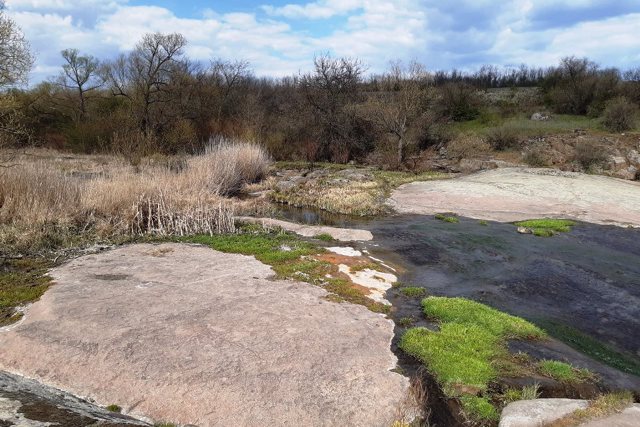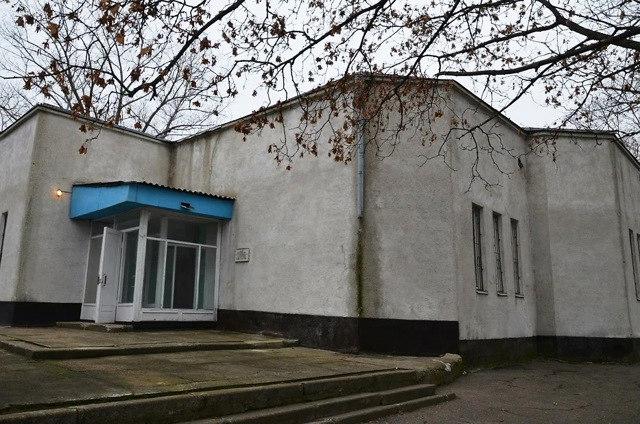Functional temporarily unavailable
Nechaivka
Travel guide online Nechaivka
General information about Nechaivka
The village of Nechaivka is located near the picturesque granite rapids of the river Suhokliya (Savakliy), 40 kilometers southeast of Kropyvnytskyi.
The village was founded in 1772 by Second Major Nechaiv on the site of Zaporizhzhian winterers. For a long time it belonged to the Zhukovskyi landowners.
In the middle of the 19th century, the village became the parish center of the Yelysavethrad district of the Kherson province, a church-parochial school operated here. The Ukrainian writer Yuriy Yanovskyi, who was born in 1902 in the Mayorivka farm near Nechaivka, studied there (a monument was erected, a literary and memorial museum was opened).
During 1919-1920, Nestor Makhno visited Nechaivka several times. The village suffered as a result of the Holodomor of 1932-1933. ...
The village of Nechaivka is located near the picturesque granite rapids of the river Suhokliya (Savakliy), 40 kilometers southeast of Kropyvnytskyi.
The village was founded in 1772 by Second Major Nechaiv on the site of Zaporizhzhian winterers. For a long time it belonged to the Zhukovskyi landowners.
In the middle of the 19th century, the village became the parish center of the Yelysavethrad district of the Kherson province, a church-parochial school operated here. The Ukrainian writer Yuriy Yanovskyi, who was born in 1902 in the Mayorivka farm near Nechaivka, studied there (a monument was erected, a literary and memorial museum was opened).
During 1919-1920, Nestor Makhno visited Nechaivka several times. The village suffered as a result of the Holodomor of 1932-1933.
Near the village are several barrows of the Scythian-Sarmatian era and an archaeological monument of the late Neolithic era - the "Boundary Stones" complex.
Село Нечаївка розташоване біля мальовничих гранітних порогів річки Сугоклія (Саваклій) за 40 кілометрів на південний схід від Кропивницького.
Село засноване 1772 року секунд-майором Нечаєвим на місці запорозьких зимівників. Тривалий час належало поміщикам Жуковським.
У середині XIX століття село стало волосним центром Єлисаветградського повіту Херсонської губернії, тут діяла церковно-парафіяла школа. У ній навчався український письменник Юрій Яновський, який народився 1902 року на хуторі Майорівка поблизу Нечаївки (встановлено пам'ятник, відкрито літературно-меморіальний музей).
В Нечаївці протягом 1919-1920 років неодноразово бував Нестор Махно. Село постраждало внаслідок Голодомору 1932-1933 років.
Біля села знаходяться декілька курганів скіфо-сарматської д ...
Село Нечаївка розташоване біля мальовничих гранітних порогів річки Сугоклія (Саваклій) за 40 кілометрів на південний схід від Кропивницького.
Село засноване 1772 року секунд-майором Нечаєвим на місці запорозьких зимівників. Тривалий час належало поміщикам Жуковським.
У середині XIX століття село стало волосним центром Єлисаветградського повіту Херсонської губернії, тут діяла церковно-парафіяла школа. У ній навчався український письменник Юрій Яновський, який народився 1902 року на хуторі Майорівка поблизу Нечаївки (встановлено пам'ятник, відкрито літературно-меморіальний музей).
В Нечаївці протягом 1919-1920 років неодноразово бував Нестор Махно. Село постраждало внаслідок Голодомору 1932-1933 років.
Біля села знаходяться декілька курганів скіфо-сарматської доби та археологічна пам'ятка доби пізнього неоліту – комплекс "Межові камені".
Сплануй своє перебування у Nechaivka
What to see and where to go in Nechaivka
Tourist attractions and museums of Nechaivka
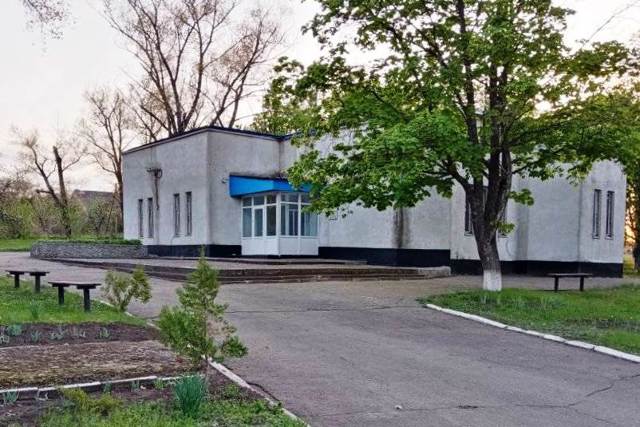
Yuriy Yanovsky Literary Memorial Museum
Museum / gallery
The Literary Memorial Museum of the writer Yuriy Yanovsky is located in the village of Nechaivka, where he was born in 1902. The museum building was erected in the center of the village in 1972 on the initiative of fellow villagers.
The Yanovsky family was of Cossack origin, they were distant relatives of the Hohol-Yanovsky. They lived on the Mayorivka farm, which is now part of the Nechaivka village (a memorial sign has been installed on the site of the homestead). Yuriy Yanovsky lived here for the first 15 years of his life, studied at the local Zemstvo school. In 1917, the family moved to Yelysavethrad, but memories of the native village were reflected in the writer's work.
The design of the museum exposition was executed by the monumentalist artist Volodymyr Volokhov, realizing in artistic form the two main themes of Yuriy Yanovsky's work - the steppe and the sea.
The basis of the museum exposition is Yuriy Yanovsky's personal belongings, books, photo albums, documents, order books, a membership card of the Writers' Union. The interior of the writer's dining room and office in his Kyiv apartment is reproduced. Decorations for performances staged based on Yanovsky's plays, theater posters are also exhibited.
Nechaivka on photo and video
Reviews Nechaivka
Geographical information about Nechaivka
| {{itemKey}} | {{itemValue}} |
|---|---|
| Region |
Kirovohrad |

